Instagram provides a new overview on its Algorithms
As a part of Instagram's Creator Week, the company is providing some extra insight into its internal processes and is specially focused on feed algorithm showing how it actually works on content reach in the app.
As explained by Instagram in their blogpost, "We want to do a better job of explaining how Instagram works. There are a lot of misconceptions out there, and we recognize that we can do more to help people understand what we do. Today, we’re sharing the first in a series of posts that will shed more light on how Instagram’s technology works and how it impacts the experiences that people have across the app."
Here are few key elements provided by Instagram for a better understanding,
As noted by the tech-company, it doesn't have just one algorithm, there are varieties to process different purposes in the app.
"Instagram doesn’t have one algorithm that oversees what people do and don’t see on the app. We use a variety of algorithms, classifiers, and processes, each with its own purpose. We want to make the most of your time, and we believe that using technology to personalize your experience is the best way to do that."
Instagram also implemented algorithm "Feed Ranked Content" like tech giant Facebook as the flow of content became too much for each users to navigate.
As explained by Instagram, "By 2016, people were missing 70% of all their posts in Feed, including almost half of posts from their close connections. So we developed and introduced a Feed that ranked posts based on what you care about most."
Key signals that consists of the main indicators across Feed and Stories, that are important:
-
Information about the post. These are signals both about how popular a post is – think how many people have liked it – and more mundane information about the content itself, like when it was posted, how long it is if it’s a video, and what location, if any, was attached to it.
-
Information about the person who posted. This helps us get a sense for how interesting the person might be to you, and includes signals like how many times people have interacted with that person in the past few weeks.
-
Your activity. This helps us understand what you might be interested in and includes signals such as how many posts you’ve liked.
-
Your history of interacting with someone. This gives us a sense of how interested you are generally in seeing posts from a particular person. An example is whether or not you comment on each other’s posts.
These signals states that whatever the user will engage more with, they are more likely to see it on their feed post.
Instagram also noted that the feed ranking will also be based on each users engagement history,
"In Feed, the five interactions we look at most closely are how likely you are to spend a few seconds on a post, comment on it, like it, save it, and tap on the profile photo. The more likely you are to take an action, and the more heavily we weigh that action, the higher up you’ll see the post."
"To find photos and videos you might be interested in, we look at signals like what posts you've liked, saved, and commented on in the past. Let’s say you’ve recently liked a number of photos from San Francisco’s dumpling chef Cathay Bi. We then look at who else likes Cathay’s photos, and then what other accounts those people are interested in. Maybe people who like Cathay are also into the SF dim sum spot Dragon Beaux. In that case, the next time you open Explore, we might show you a photo or video from Dragon Beaux. In practice, this means that if you’re interested in dumplings you might see posts about related topics, like gyoza and dim sum, without us necessarily understanding what each post is about."
Instagram algorithm works on the regular engagement and interest of the user and thus will look to showcase content to related groups of people based on clusters and hashtags always make an easy search for the company to detect the interest of the user.
The current entertainment in the tech-company, "Reels" algorithm is specifically focused on what might entertain the user.
As explained by Instagram, "We survey people and ask whether they find a particular reel entertaining or funny, and learn from the feedback to get better at working out what will entertain people, with an eye towards smaller creators. The most important predictions we make are how likely you are to watch a reel all the way through, like it, say it was entertaining or funny, and go to the audio page (a proxy for whether or not you might be inspired to make your own reel.)"
Instagram has stated that these are the four key elements in account of reels that one must focus in its algorithm:
-
Your activity - We look at things like which reels you’ve liked, commented on, and engaged with recently. These signals help us to understand what content might be relevant to you.
-
Your history of interacting with the person who posted - Like in Explore, it’s likely the video was made by someone you’ve never heard of, but if you have interacted with them that gives us a sense of how interested you might be in what they shared.
-
Information about the reel - These are signals about the content within the video such as the audio track, video understanding based on pixels and whole frames, as well as popularity.
-
Information about the person who posted - We consider popularity to help find compelling content from a wide array of people and give everyone a chance to find their audience.
These key elements will help the user to engage and focus better on boosting their engagement with the audiences and understanding the wider picture of how it actually works.



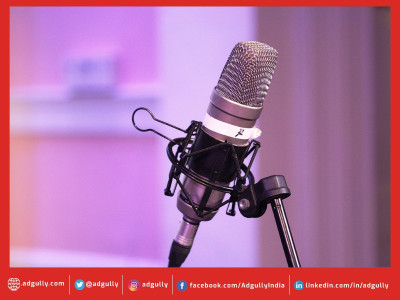
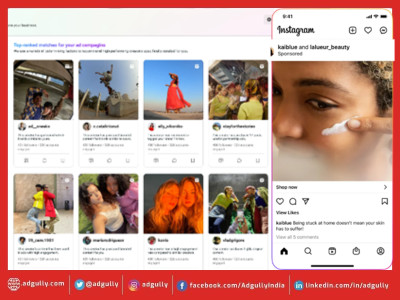

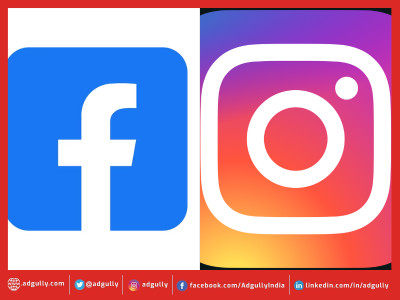

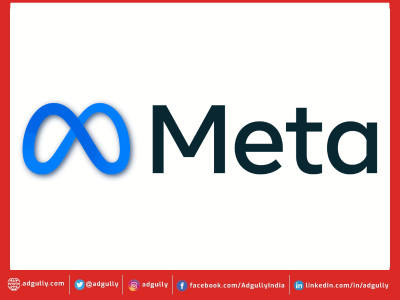


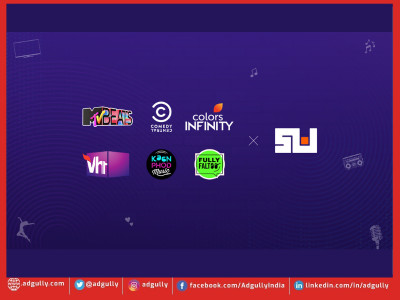
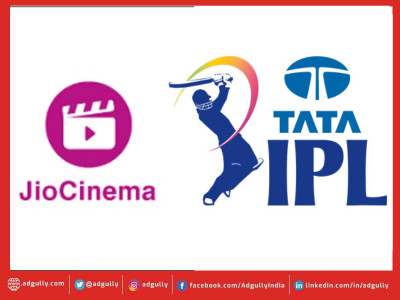


Share
Facebook
YouTube
Tweet
Twitter
LinkedIn